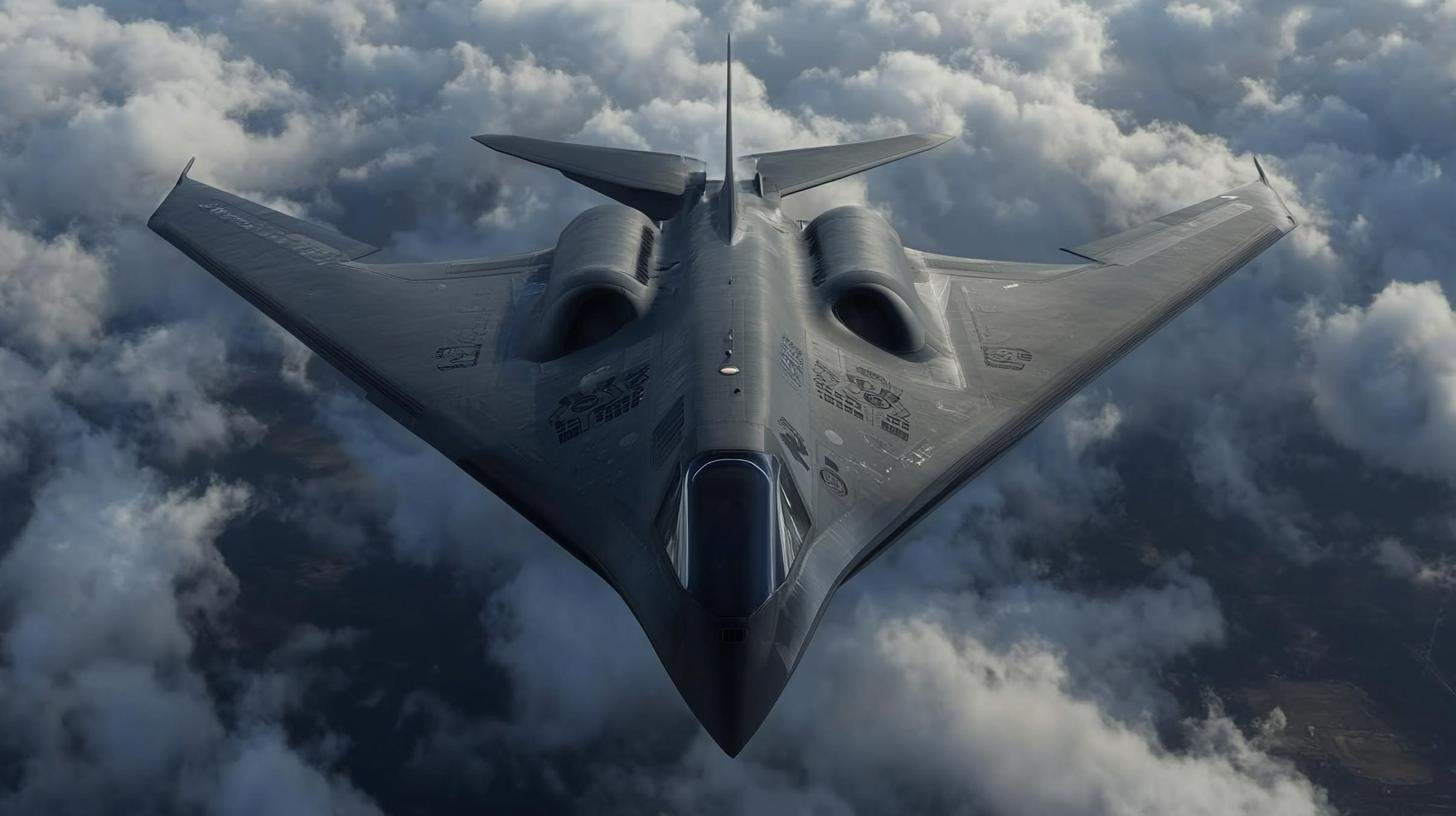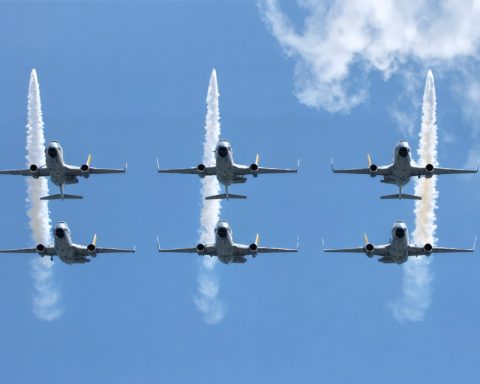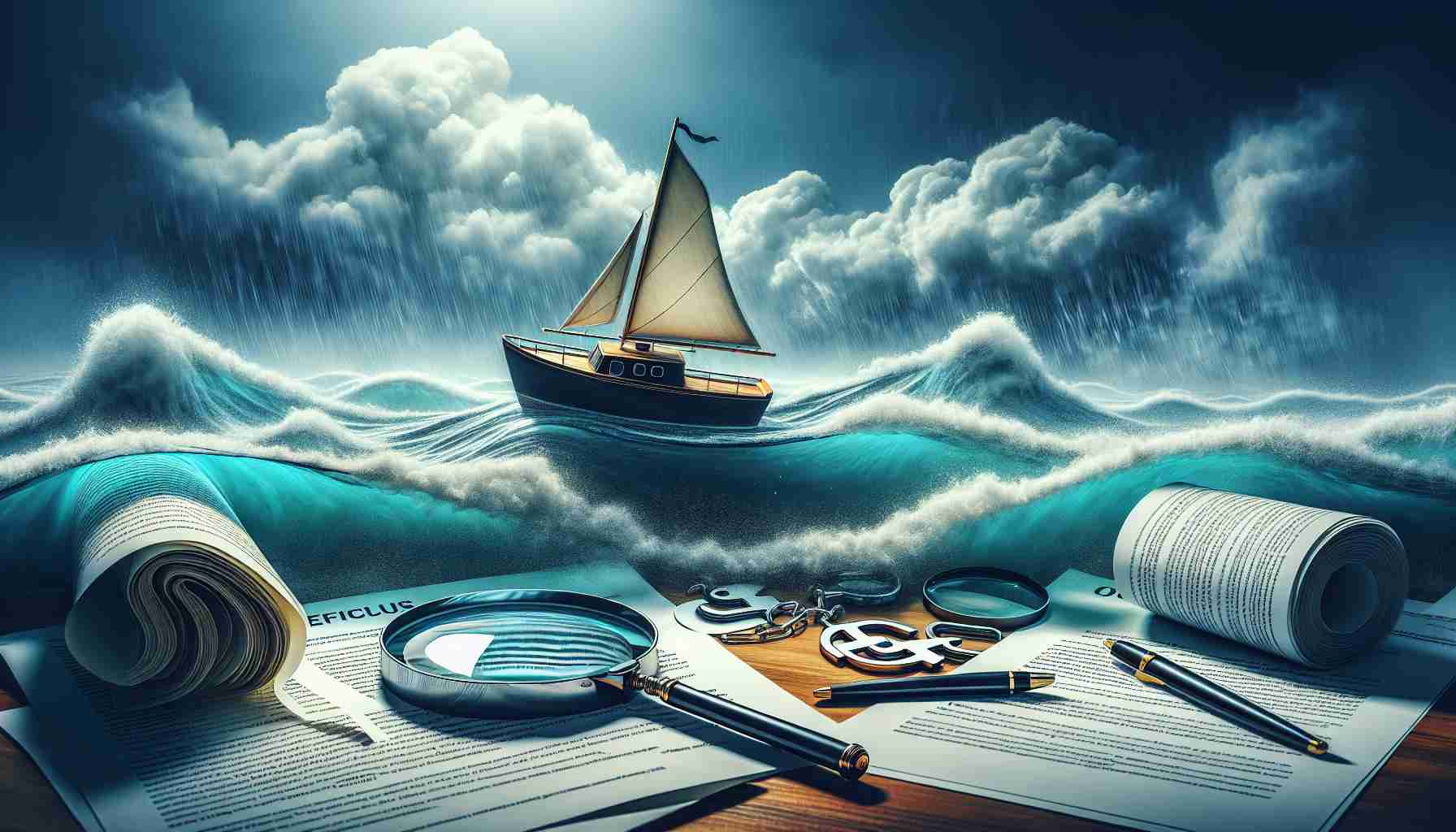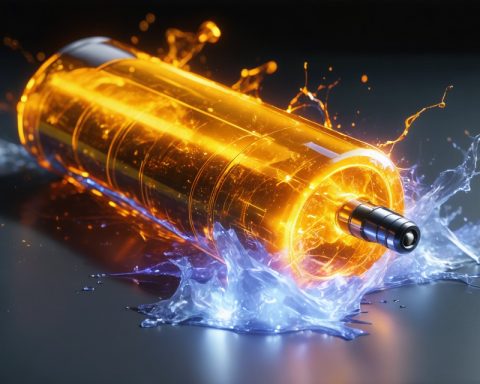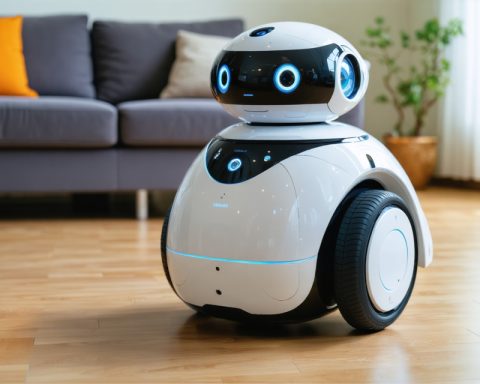A New Age in Aerial Refueling is Emerging
Lockheed Martin’s Skunk Works has introduced revolutionary imagery for the KC-Z, a concept set to redefine aerial refueling in the decades ahead. This tanker’s design prioritizes stealth, offering the dual-option of piloted or autonomous operation, and is expected to become operational between the 2030s and 2040s.
Enhancing Stealth Operations
The KC-Z is envisioned to support advanced stealth aircraft, including the F-35 fighter jets, effectively expanding U.S. air capabilities. This development is part of a larger modernization plan involving the Air Force’s NGAD sixth-generation fighter and B-21 Raider bomber, alongside the Navy’s F/A-XX program. The emphasis on stealth for aerial refueling is aimed at maintaining a strategic advantage in vast theaters like the Indo-Pacific.
Manned and Unmanned Innovations
Lockheed Martin and the Air Force are exploring the new frontier of unmanned aerial tankers within the KC-Z program. This potential shift could transform the operational fleet by integrating unmanned systems, enhancing missions over expansive territories.
Preparing for the Future
As the KC-Z prepares to eventually replace older models like the KC-46 Pegasus and KC-135 Stratotanker, the Air Force continues procuring current tankers to meet immediate needs. The U.S. military prioritizes air refueling as an essential support capability, crucial for long-range operations and global presence.
Stealth Leads the Way
The drive towards stealth in aircraft underscores the Air Force’s vision for future warfare scenarios. The KC-Z represents a key component in a broader strategy focused on stealth warfare, ensuring sustained air superiority and operational flexibility for the future.
Unveiling the Controversy: The Pros and Cons of Autonomous Aerial Tankers
The emergence of cutting-edge aerial refueling technologies, including Lockheed Martin’s KC-Z concept, is making waves in military aviation infrastructure. While much attention has been placed on the stealth capabilities and dual-operation modes (both piloted and autonomous) of these aerial tankers, several critical aspects and potential repercussions have yet to be broadly discussed.
Impact on Geopolitics and National Security
The anticipated operational integration of the KC-Z in international fleets is likely to significantly alter global defense dynamics. Stealth aerial tankers, particularly those with autonomous capabilities, promise unprecedented strategic advantages. They can operate undetected in hostile environments, allowing nations to extend their long-range missions with decreased risk. This technological leap could elevate the United States’ position as a dominant air power, but it also raises questions about an impending arms race in stealth and drone technologies.
Controversies and Ethical Concerns
The concept of unmanned, autonomous aerial tankers has sparked controversy over ethical implications. Autonomy in military operations can lead to debates about accountability in case of operational mishaps or conflicts. Concerns about autonomous systems making life-and-death decisions in warfare without human intervention are pressing. Critics argue for stringent frameworks to govern their deployment, stressing that technological advancements must align with ethical standards and international laws.
Economic Implications and Workforce Transformation
On the economic front, the push towards advanced, automated refueling systems may lead to substantial shifts in workforce dynamics. While there will be a demand for highly skilled personnel to develop, program, and maintain these systems, traditional roles in piloting and tanker operations might decline. This could result in job displacements unless new training programs are established to reskill workers for new technological requirements.
Advantages and Disadvantages of Stealth Aerial Tankers
Several advantages come with the new KC-Z enhancements, including:
– Increased Operational Flexibility: The stealth and autonomous features allow greater operational reach, even in sensitive or restricted airspaces.
– Cost Efficiency: In the long run, autonomous operation reduces personnel costs and minimizes human error.
However, these benefits come with challenges:
– High Upfront Costs: Developing and deploying these technologically advanced systems requires substantial investment.
– Cybersecurity Risks: As autonomous functionalities increase reliance on software, they present new cybersecurity threats. Protecting these systems from hacking is paramount.
Questions Arising from Technological Advances
What will be the role of human decision-making in future military missions dominated by AI and automation? Can international communities create a consensus on the ethical boundaries for autonomous military operations?
The potential answers lean towards the consensus that while automation can enhance operational efficiency, strict protocols and safeguards are necessary to ensure human oversight remains integral to military applications.
For more insights on defense technology advancements, you may explore these resources:
– Lockheed Martin
– U.S. Air Force
